Vegetative Reproduction in plants
Vegetative reproduction is asexual reproduction—other terms that apply are vegetative propagation or vegetative multiplication. Vegetative growth is enlargement of the individual plant; vegetative reproduction is any process that results in new plant "individuals" without production of seeds (see The Seed below) or spores. It is both a natural process in many, many species as well as one utilized or encouraged by horticulturists and farmers to obtain quantities of economically valuable plants. In this respect, it is a form of cloning that has been carried out by humankind for thousands of years and by "plants" for hundreds of millions of years.
Read Vegetative Reproduction (Follow all links)
[edit] Sexual Reproduction
[edit] The Flower
The flower is the reproductive organ of plants classified as angiosperms—that is, the flowering plants comprising the Division Magnoliophyta. All plants have the means and corresponding structures for reproducing sexually, and these other cases will be explored in later chapters. However, because flowering plants are the most conspicuous plants in almost all terrestrial environments, we justifiably devote this chapter to the flowering plants alone. You will learn how other plant groups (and non-plant groups, such as fungi) reproduce sexually in Section II of the The Guide.
The basic function of a flower is to produce seeds through sexual reproduction. Seeds are the next generation, and serve as the primary method in most plants by which individuals of the species are dispersed across the landscape. Actual dispersal is, in most species, a function of the fruit: structural parts that typically surround the seed. But the seed contains the germ of life of the next generation.
Read Plant sexuality (Follow links you find interesting, concentrating on acquiring a grasp of the terminology)
Read The Flower (Follow links you find interesting, but at minimum read each of the following articles)
Read calyx - the sepals
Read corolla - the petals
Read androecium - the stamens
Read gynoecium - the pistil(s)
Be sure to read about and understand the meaning of each of the following terms: androecium, anthesis, calyx, carpel, corolla, gynoecium, inferior ovary, nectary, perigynous, petal, pistil, pollen, sepal, stamen, superior ovary, syncarpous.
Read Inflorescence
Be sure to read about and understand the meaning of each of the following terms: bract, inflorescence, panicle, raceme, spadix, spikelet.
Questions:
5-1. Do you think the flower structure is in any way responsible for the considerable
success of flowering plants in populating the earth?
[edit] The Seed and Germination
the primary purpose of the seed is one of preserving the continuity of life—starting a new generation in a new physical location. For large plants (shrubs and trees), this can be especially important because successful germination and growth close to the parent may be difficult or impossible; the established plant monopolizes light and water resources in its immediate vicinity. Seeds can also serve the function of overwintering or surviving harsh conditions. The entire generation—every individual—may die in the Fall or the dry season. In many annual species, only the seed exists during unfavorable dry or cold conditions.
The Seed (Follow all links on anatomy and function)
Read Germination
[edit] The Fruit
The fruit is the actual agent of dispersal in most flowering plants.
The Fruit
Monday, 14 May 2007
Subscribe to:
Post Comments (Atom)
























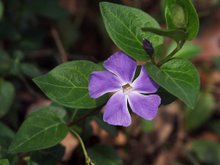





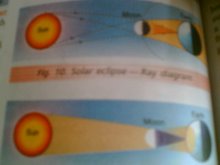

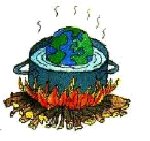
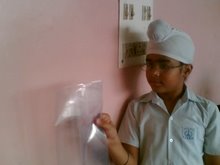
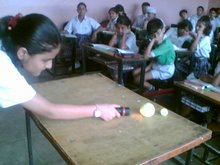


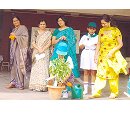

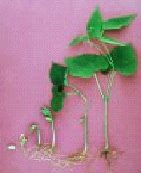




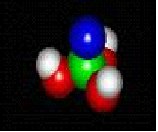

No comments:
Post a Comment